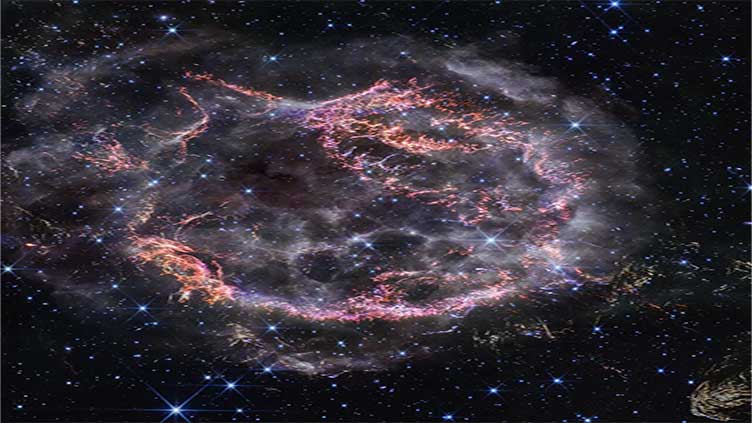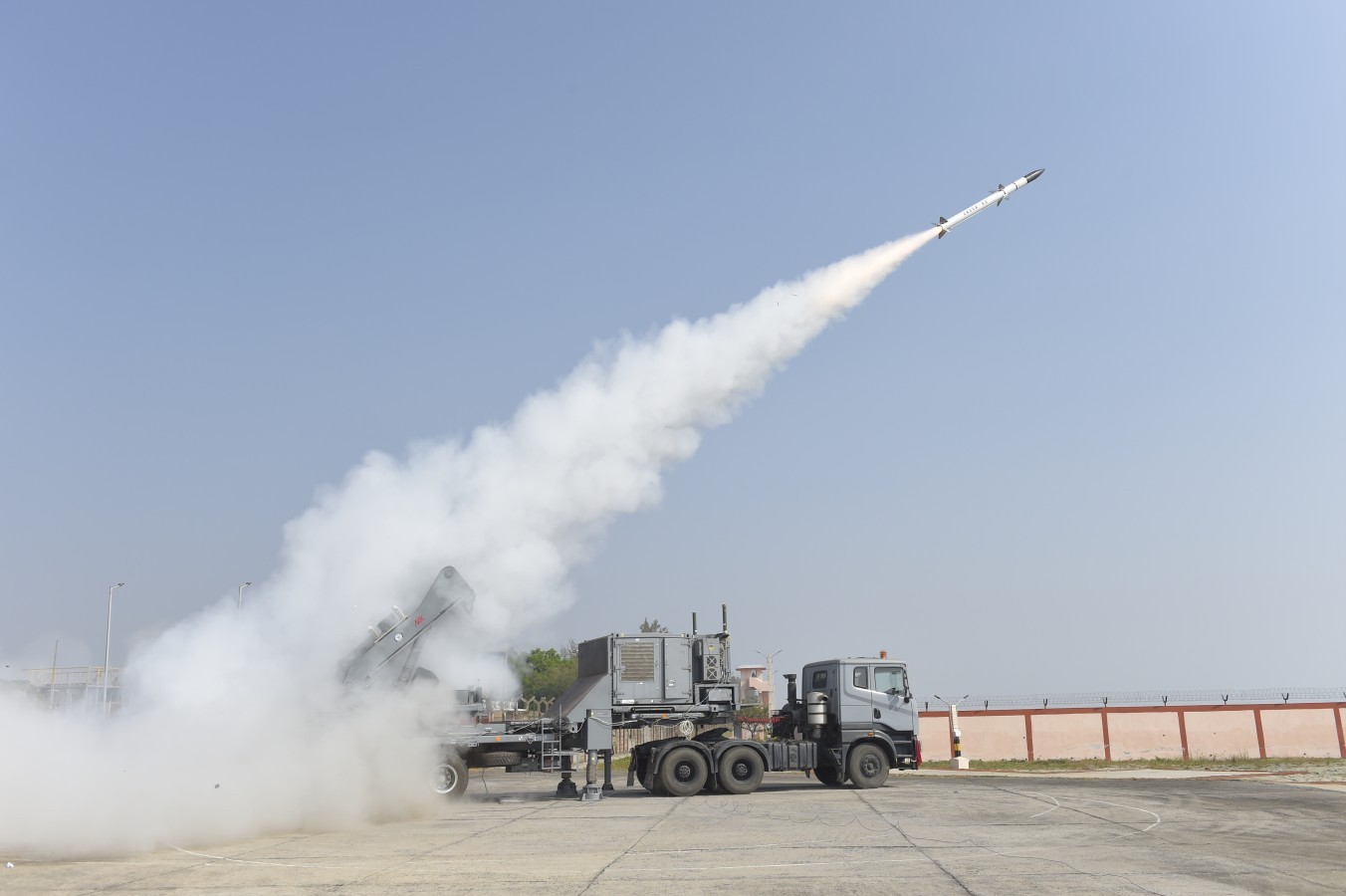
Cassiopeia A supernova. (An internet photo)
BENGALURU (PTI): ISRO on Thursday said a payload on its recently-launched mission has captured its first light from a standard celestial source for instrument evaluation.
The XSPECT payload on XpoSat – India's first X-ray polarimetric mission launched on January one, has captured its first light from the Cassiopeia A (Cas A) supernova remnant, the Bengaluru-headquartered space agency said in a statement.
"XSPECT payload aces its performance check with an observation of the Cassiopeia A supernova remnant," it said.
XSPECT's spectral and temporal studies promise to unveil the Universe's secrets in soft X-rays, ISRO said.
XPoSat carries two co-aligned instruments – POLarimeter Instrument in X-rays (POLIX) and X-ray SPECtroscopy and Timing (XSPECT) – aimed at unravelling the mysteries of cosmic X-ray sources.
While the POLIX instrument focuses on investigating X-ray polarisation in medium-energy X-rays, the XSPECT payload engages in continuous and long-term spectral and temporal studies of X-ray sources in the soft X-ray band, it said.
During its performance verification phase, XSPECT was directed towards Cassiopeia A, a standard celestial source used for instrument evaluation.
"The observation commenced on January 5, 2024, capturing the supernova remnant's emission lines corresponding to elements such as Magnesium, Silicon, Sulphur, Argon, Calcium, and Iron," the statement said.
XSPECT payload is developed by the Space Astronomy Group of U R Rao Satellite Centre (URSC)/ ISRO, Bengaluru.
"The continuous observations facilitated by XSPECT's long-duration capabilities are anticipated to contribute significantly to our understanding of the Universe's high-energy phenomena," ISRO added.
 Previous Article
Previous Article Next Article
Next Article












The Indian Air Force, in its flight trials evaluation report submitted before the Defence Ministry l..
view articleAn insight into the Medium Multi-Role Combat Aircraft competition...
view articleSky enthusiasts can now spot the International Space Station (ISS) commanded by Indian-American astr..
view article